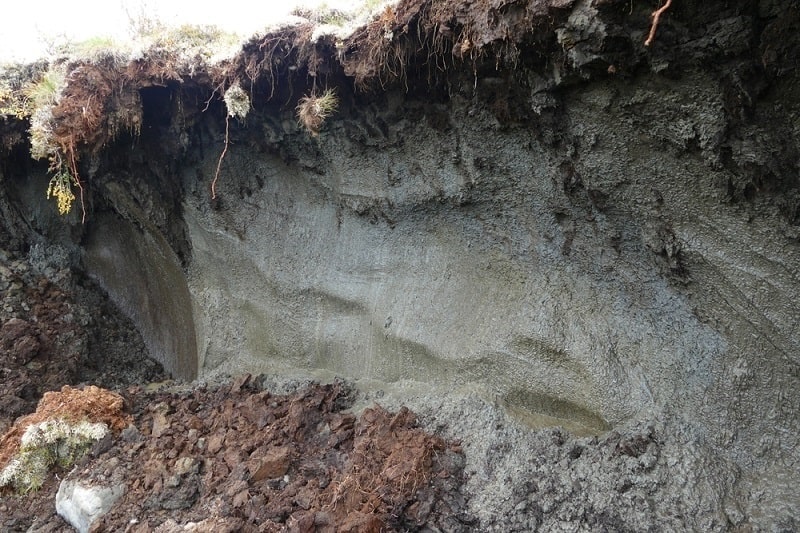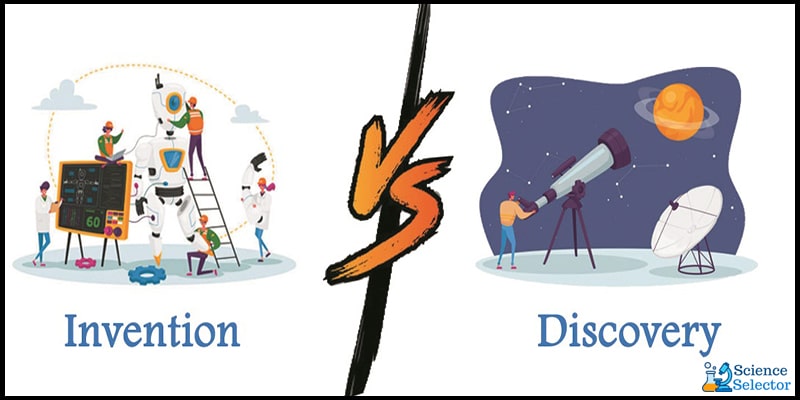You probably read about permafrost once upon a time in a high school or college biology class. If you’re like the rest of us, you finished the required assignment and then promptly forgot about it. And, never thought about it again. Until now. Climate change has become a mainstream concern for even the least science-minded among us. As it turns out, permafrost is one of the major indicators of a planet in trouble. It turns out, in fact, that permafrost can tell us a lot of useful information about the past, present, and future of our planet’s climate. We just have to take the time to listen.
Permafrost Definition
So, what is permafrost? It’s hard to care about all the effects of global warming on our planet when you’re not even sure exactly how to define permafrost. Permafrost is the earth that has remained at a temperature of zero degrees Celsius or colder for at least two years in a row. There may be an active soil level complete with plant life covering this ground, but underneath this surface, permafrost remains frozen. Permafrost covers nearly a quarter of the northern hemisphere’s landmass. This includes parts of Canada, Russia, Scandinavia, Siberia, and Alaska.
What Can Permafrost Tell Us?
Most of the permafrost currently in existence was formed during previous ice ages and has remained frozen to this day. Much like the rings in a tree can tell us about the history of that particular tree’s health and growth, permafrost can tell us about the history of the climate in a particular geographical area. Drilling deep into the ground and measuring the temperature of the permafrost at different depths can reveal information about the air temperature during the corresponding decade. This means that by studying permafrost, we can learn about the overall trends in our climate over long periods of time. The climate cycle of our plant has been recorded in this way for many thousands of years and offers a wealth of invaluable information for scientists today to study and analyze.
What Is Happening to Permafrost (and Why Should You Care)?
Carbon
Drilling into the permafrost and studying the temperatures therein has revealed a steady warming trend across the globe, especially over the past five decades. This happens to correspond to the time frame in which people began to contribute larger and larger amounts of carbon emissions into the atmosphere. But, this isn’t the only clue that permafrost can provide us when it comes to global warming. Permafrost across the globe is beginning to thaw. This news is alarming for a number of reasons. For one, contained within deep permafrost is the many remains of animals and plants who lost their lives in past ice ages. These catastrophic cold snaps occurred so quickly that these fallen animals did not decompose before they were frozen. That means that the earth’s permafrost is full of carbon, which would be released into the atmosphere if it were to melt. This would nearly double the amount of carbon currently in our atmosphere, contribute to even more intense global warming, and lead to certain climate disasters.
Disease
Aside from the giant carbon footprint of our permafrost’s frozen mass graves, there are other concerns about the thawing remains of these animals becoming exposed. Though they ultimately died due to a sudden drop in temperature, many of these animals harbored infectious viruses and bacteria. Viruses can survive frozen in permafrost for hundreds of thousands of years.
Think of all the diseases we consider to be part of long-ago human history: Small Pox, The Black Plague, The Spanish flu. Now imagine what would happen if we were to be exposed to them again. These viruses have been considered eradicated from most areas on Earth for so long that people would be completely unprepared to deal with them. We would be caught off guard, without vaccinations or experience. The loss of human life caused by permafrost melting would likely be devastating.
Disaster
In case global warming and once-eradicated diseases re-emerging aren’t concerning enough: Thawing permafrost can also cause all kinds of chaos in the form of natural disasters. From landslides to avalanches, floods, and erosion, melting permafrost can take a huge toll on infrastructure and on human life. Crumbling roads collapsed buildings, and destroyed power lines are just a few of the possible impacts of the ground instability caused by thawed permafrost. Humans aren’t the only species affected, of course. The thawing of permafrost can have a devastating effect on local ecosystems. Unchecked thawing of permafrost can eventually cause the draining of lakes and wetlands. This is devastating to the local wildlife and those who depend on it to survive. The shifting land can even alter the migration and breeding patterns of certain animals and change water availability. Instabilities along the entire food chain in the corresponding ecosystem develop as a result.
What Can We Do?
The worldwide phenomenon of thawing permafrost is a result of climate change. The earth’s climate has operated on a natural cycle for hundreds of thousands of years. Frozen “ice ages” were separated by warmer periods and then snapped back, sometimes very quickly. This time, though, is different. Human activity and waste have added so many greenhouse gases to the earth’s atmosphere that global temperatures are steadily rising. This increase in temperature (global warming) is now far higher than any other point within the past 800,000 years of our planet’s cycle.
If you want to help reduce the effects of human contribution to rising global temperatures and the resulting melting of permafrost, you can make a difference. Take the following steps to reduce your carbon footprint and help slow the rise in global temperatures:
Try to create less waste.
Reuse items when possible. Buy products with minimal packaging. Purchase used items. Recycle paper, plastic, glass, and metals.
Buy your food from local sources.
Or grow it yourself. Maybe we can’t all be farmers, but we can reduce the number of emissions released by the transportation of food. Learn which fruits and vegetables are in season. Find a way to purchase them from local sources.
Drive less.
Use public transportation, carpool, ride a bicycle, walk, jog or run. Anything to reduce the volume of vehicle emissions released into our atmosphere
Take up Gardening.
Plants and trees release oxygen and absorb carbon dioxide. Plant them wherever you can, and help combat greenhouse gases.
Reduce your use of electricity, heat, and water.
Many appliances these days come with energy-saving modes. Use them. Keep your home a few degrees colder in the winter and a few degrees warmer in the summer. Unplug electronics when they aren’t in use. Make an effort to take shorter showers. Look into a low-flow showerhead and/or toilet. It really does add up.
Share the news.
Maybe you’re already an eco-friendly warrior, taking steps to do what you can to save the planet, one day at a time. Maybe you didn’t know anything about permafrost or climate change before you came across this article. Either way, tell someone. Talk to your friends and family about what you’ve learned about the effects of melting permafrost and climate change. Tell them what they can do to make a difference. Our future depends on people like us caring about what happens to the planet.
-
If you pay any attention to the impact climate change is having on our planet,…
-
Although disproved, the notion of a “climate change hiatus” is one that perpetuates in the…
-
The Paris Climate Accord may be of great significance at this juncture. Scientists say that…
-
Methane gas is found in landfills, manure, and wetlands. Both natural and man-made activities produce…
-
Geoengineering proposes climate change solutions by deliberate and large-scale human intervention in the Earth’s natural…
-
Eat fish, they say. It’s good for you. But climate change might be changing all…
-
Some people have proposed carbon sequestration as a solution to global climate change. But what…
-
We live a very busy life, and discoveries and inventions play a pivotal role in…





